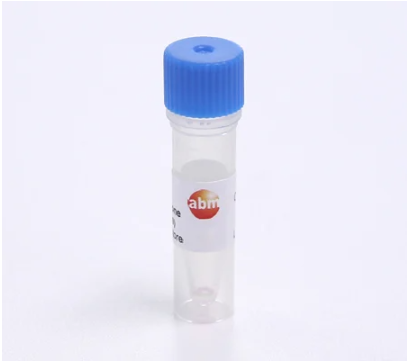
| CAT.NO | UNIT |
| A910 | 2 Giga Purification Sets |
| A950 | 5 Purification Sets |
| A902 | 2 Purification Sets |
Specifications
| Description | Recombinant adenovirus is the most efficient viral system developed to-date with regards to gene, siRNA, and miRNA delivery for in vitro and in vivo applications. However, high titers of purified recombinant adenovirus are required for many applications, especially in vivo gene delivery. Traditionally, purification of recombinant adenovirus is achieved by Cesium chloride density gradient ultracentrifugation. This process is technically demanding, time consuming, and requires the availability of ultracentrifugation equipment. Add-N-Pure™ adenovirus purification kits are a chromatography-based system for adenovirus purification and concentration. The kits represent a significant improvement to the traditional Cesium chloride ultra-centrifugation method in terms of easy manipulation, reliability, and efficiency. In fact, the entire Add-N-Pure™ purification process takes less than 2 hours to complete, whereas the Cesium chloride method takes 48 hours to complete the same task. The Add-N-Pure™ adenovirus purification kits can purify and concentrate recombinant adenovirus to a concentration between 10^10 to 10^13 pfu/ml,depending on the amount of viral input, whether the Mega or Giga filter is used, and whether buffer exchange is performed. Titers up to 10^10to 10^12 pfu/ml can be obtained with Cat.#A902 and Cat.#A905 purification kits, whereas titers of 10^11 to 10^13pfu/ml are achievable with the Cat.#A910 purification kit. However, it is important to note that the titers are significantly influenced by the original titer of the recombinant adenovirus input. Recombinant adenovirus which expresses proteins or regulatory DNAs toxic to packaging 293 cells, will result in notably low viral titer in the original stock. |
Documents
FAQs
References
- Siu, CW et al. “Modeling of lamin A/C mutation premature cardiac aging using patient-specific induced pluripotent stem cells” Aging (Albany NY) 4(11):803-822 (2012).



